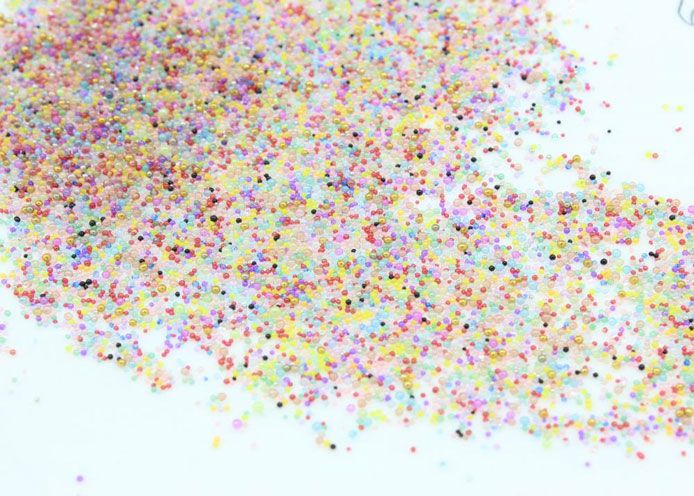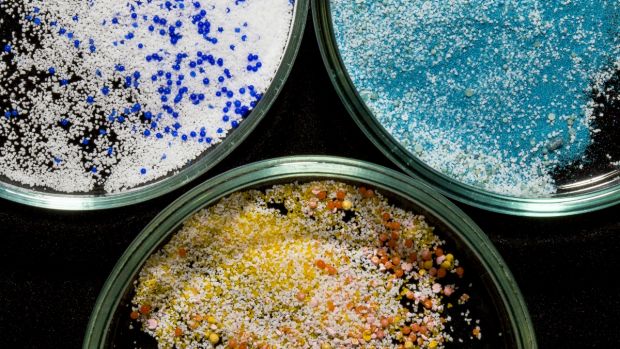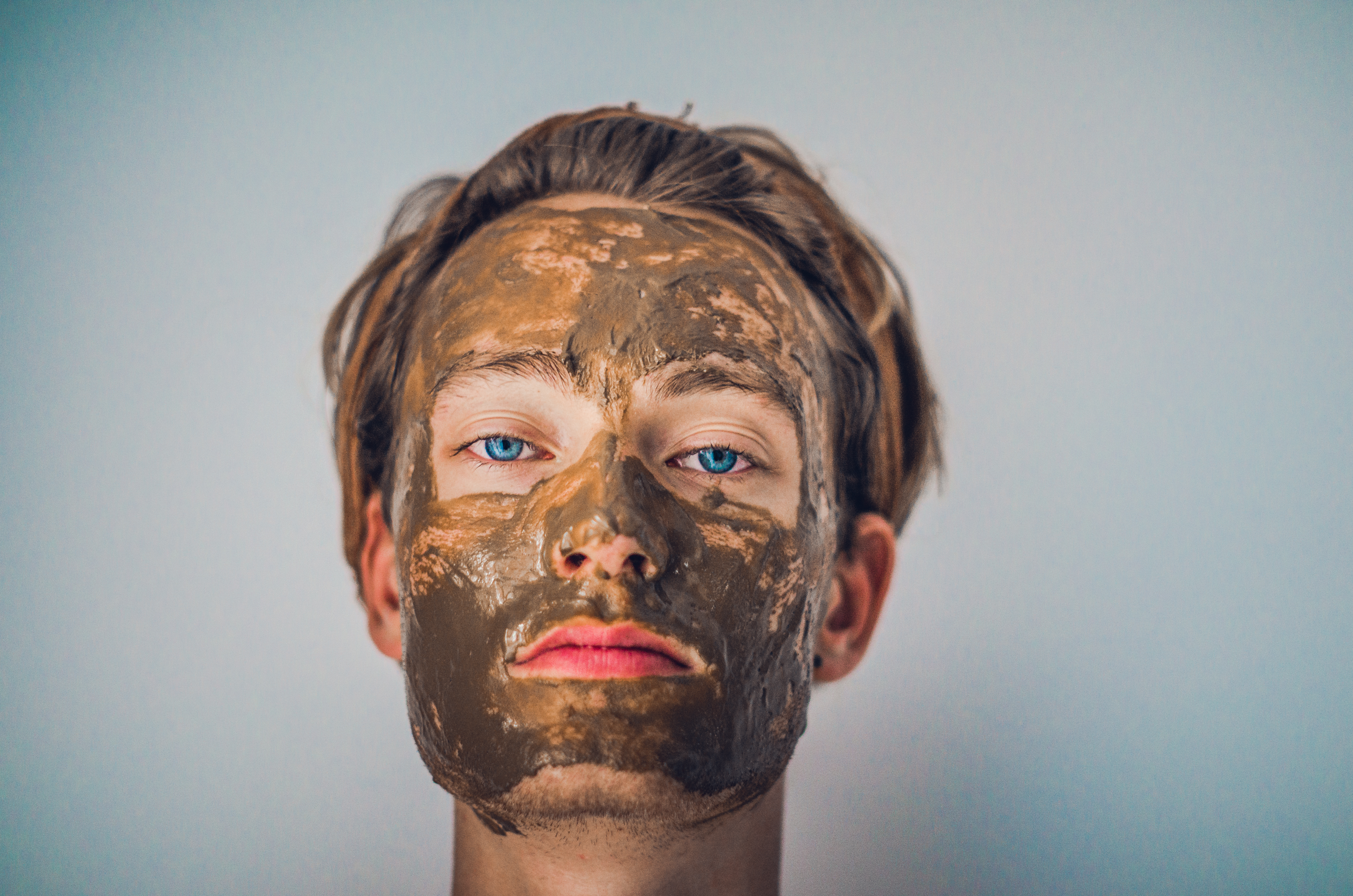Your Cart is Empty

They’re added to facial scrubs, body peels and other personal care products, usually as the ‘exfoliating’ element. One tub of facial scrub can contain more than 300, 000 microbeads! Microbeads are too small to be filtered, so once they’re washed down the drain they slip through the sewage system and make a swift exit to lakes, rivers or the ocean.
Microbeads are already minuscule, so they don’t need to break down much more to be easily ingestible by even the tiniest of marine species. Plus, they look remarkably like fish eggs. They’ve got all the makings of a perfect snack for an unsuspecting ocean critter.

Microscopic plant-like organisms, known as phytoplankton, are as tiny as they are important. If the ocean was a building, plankton would be the foundations. They form the base of the marine food chain, absorb carbon dioxide and produce oxygen. Because these little guys are so critical to oceanic ecosystems, any change in their productivity could have seriously detrimental effects to biodiversity, fisheries, our food supply, and the rate of climate change.
Plankton is consuming microplastic at an alarming rate. Because plankton is on the bottom rung of the food chain, they’re eventually going to get snapped up by a larger fish. Then we come along and eat the fish that ate the plankton, that ate the microplastic. And so the circle of life continues (now with extra plastic!).
Eating plastic isn’t good for us. It’s long been thought microplastics are able to soak up harmful chemicals, such as the insecticide DDT, due to their sponge-like quality.
To determine the truth of this, researchers recently fed Murray River rainbowfish microbeads contaminated with “environmentally relevant” concentrations of polybrominated diphenyl ethers (PBDEs). PBDE’s are flame-retardant chemicals that have been linked to fertility problems, neurological health problems, and impaired immune function and are commonly found in our waterways.
The study revealed that more than 12% of these PBDEs seeped into the tissue of the fish, causing researchers to say that products containing microplastics should be immediately removed from sale.

“WE SHOULDN’T HAVE TO WAIT ONE OR TWO YEARS FOR THESE PRODUCTS TO BE BANNED, BECAUSE IN THAT TIME, BILLIONS MORE MICROBEADS WILL BE RELEASED INTO THE ENVIRONMENT.”
– BRADLEY CLARKE, LEAD INVESTIGATOR AND ENVIRONMENTAL SCIENTIST AT RMIT UNIVERSITY
[Image Caption] Microbeads Via RMIT University
Sales of products containing microbeads are banned in the US as of July 1, 2019. Other nations have announced similar legislation. Australia has opted for a voluntary phase-out, but not an enforced ban, by the 1st of July, 2018. Evidently, solutions are starting to be implemented worldwide but scientists believe they aren’t happening quickly enough.
Bradley Clarke, lead investigator and environmental scientist at RMIT University told the Sydney Morning Herald, “We shouldn’t have to wait one or two years for these products to be banned because in that time, billions of more microbeads will be released into the environment. It would be nice to see an immediate ban, and the companies investing money into remediation costs. Microbeads should never have been in products in the first place.”

At 1MW, we’re not really ones for waiting when it comes to our environmental impact. I reckon you’re probably not either. Eliminating microbeads from your beauty routine isn’t hard, you just have to know what to look for. Vote with your dollar, and choose products sans microbeads. You’d be surprised how many alternatives you probably already have at home! If you’ve got products containing microbeads in your bathroom cupboard, you can dispose of them without feeding plastic to the fish.
Microbeads and other forms of plastic are transforming oceans globally into plastic soup, with devastating impacts for not only marine life but humans too. It’s high time we eradicated microbeads altogether.
This article was originally written for 1 Million Women.